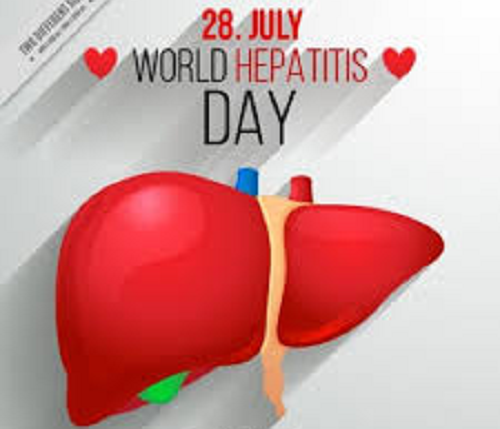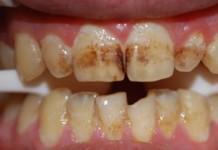
The World Health Organisation, WHO, has stated that over 250 million people across the globe are living with chronic hepatitis B (HBV) infection, as the global community celebrates World Hepatitis Day 2020.
It further disclosed that infants are especially vulnerable, with about 90% of children infected with the disease in their first year of life and become chronic HBV carriers. HBV attacks the liver and claims the lives of nearly 900 000 people each year.
Hence to commemorate the 2020 World Hepatitis Day, the WHO has called for united and stepped-up action to build on intensified efforts to prevent mother-to-child transmission of HBV through testing pregnant women and provision of antiviral prophylaxis to those who need it and maintaining access to hepatitis B immunisation and birth dose vaccine.
In a statement released by the agency to mark this year’s celebration, a milestone achievement was made as the proportion of children under five years of age chronically infected with hepatitis B (HBV) dropped to just under 1% in 2019 down from around 5% in the pre-vaccine era (the period between the 1980s and the early 2000s), according to new estimates from the World Health Organization (WHO).
It says this marks the achievement of one of the milestone targets to eliminate viral hepatitis in the Sustainable Development Goals ─ to reach under 1% prevalence of HBV infections in children under five years of age by 2020.
According to the WHO Director General, Dr Tedros Adhanom Ghebreyesus: “No infant should grow up only to die of hepatitis B because they were not vaccinated ─ today’s milestone means that we have dramatically reduced the number of cases of liver damage and liver cancer in future generations,” said.
Prevention of hepatitis B
On the prevention of the infection, WHO has recommended that all infants receive a first dose of the hepatitis B vaccine as soon as possible after birth-preferably within 24 hours, as infants can be protected from HBV through a safe and effective vaccine that provides over 95% protection against infection.
“Expanding access to a timely birth dose of the hepatitis B vaccine is the cornerstone of efforts to prevent mother-to-children transmission of HBV. For countries especially in regions such as sub-Saharan Africa, where the birth dose of hepatitis B vaccine has not yet been introduced, it is a priority to assure that protection as early as possible,” said Dr Meg Doherty, Director of Global HIV, Hepatitis and STI Programmes.
It also noted that an additional way to protect children is to provide pregnant women with antiviral treatment to reduce mother-to-child transmission of HBV. WHO already recommends routine testing of all pregnant women for HBV, as well as HIV and syphilis as early as possible in their pregnancy.
In view of new evidence on the safety and efficacy of antiviral prophylaxis in pregnant women and their children, WHO is issuing today 2 new recommendations:
“Pregnant women who test positive for hepatitis B infection and have a high level of HBV in the blood (known as HBV viral load) should receive preventive antiviral therapy with tenofovir from the 28th week of pregnancy until birth. The antiviral drug, tenofovir is available at low cost in many countries of the world for less than US$3 per month.
“In settings where HBV viral load testing is not available, WHO recommends the use of an alternative low cost test (HBeAg) to determine whether a woman is eligible for preventive antiviral therapy.
“In countries that have already achieved high coverage of hepatitis B immunization, including timely birth dose, routine testing for HBV infection among pregnant women and antiviral prophylaxis for those in need is an additional opportunity to prevent onward transmission from mother to child.
“Stopping vertical transmission of HBV is a key pillar of the global ‘triple elimination’ initiative, which seeks to eliminate mother-to-child transmission of three infections that are prevalent in low- and middle-income countries: HIV, syphilis and hepatitis B virus,” added Dr Doherty.
Eliminating mother-to-child transmission of HBV is also an important stepping stone for reaching the targets of WHO’s global hepatitis strategy, which aims to reduce new hepatitis infections by 90% and deaths by 65%, compared to 2015 levels.











